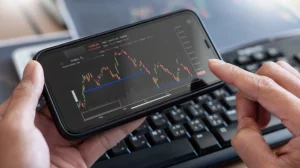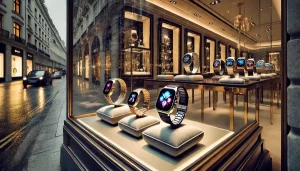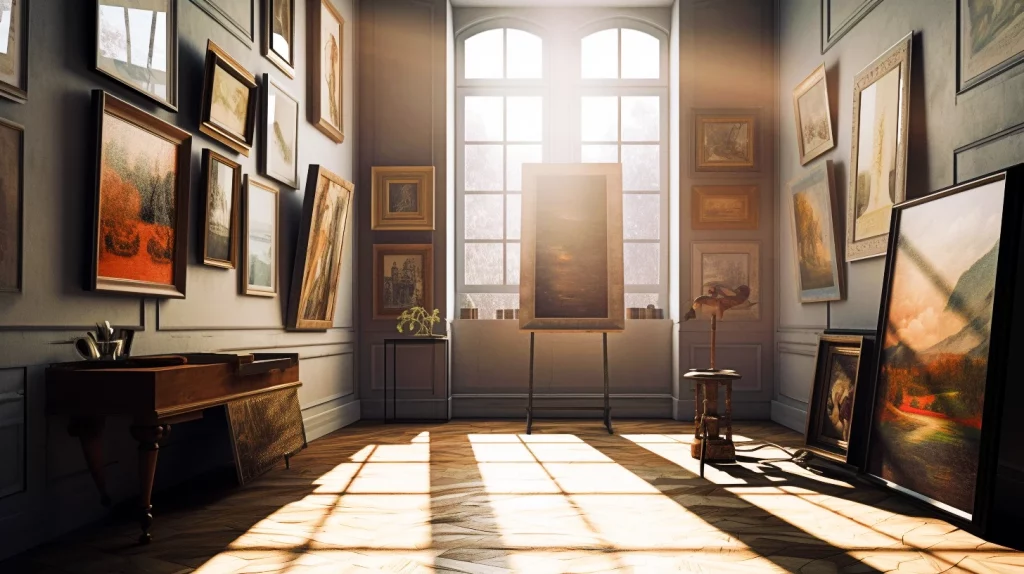The Allure of Art Appreciation and Investment
Art has long been a source of fascination and appreciation for its aesthetic value, cultural significance, and ability to provoke emotions. In recent years, art has also emerged as an attractive investment option for those looking to diversify their portfolios. With the increasing prominence of art investment, a deeper understanding of the financial potential of artwork is essential for both seasoned collectors and novices alike.
Art Valuation: Assessing the Worth of Masterpieces
One of the critical aspects of art investment is determining the value of a piece. Art valuation is a complex process that considers factors such as the artist’s reputation, the artwork’s historical significance, rarity, provenance, and current market trends. As an investor, you must learn to navigate the intricacies of art valuation to make informed decisions about which pieces to add to your collection and how to capitalize on their potential for appreciation.
Building a Collection: Art as a Tangible Asset
Art as an asset class has its unique characteristics that set it apart from traditional investments like stocks and bonds. Art is a tangible asset, meaning that it has physical form and can be held, displayed, or stored. This tangible nature adds an element of security to your investment, as the value of the artwork is not solely dependent on market fluctuations. Furthermore, art has a long-term appreciation potential, often outpacing other investment options over time.
Navigating the Art Market: Challenges and Opportunities
Despite its attractive financial potential, the art market can be challenging to navigate for investors. The market is known for its opaqueness, with limited information and fluctuating prices. Additionally, the lack of standardized valuation methodologies and the subjectivity of art appreciation can make it difficult for investors to make informed decisions. However, overcoming these challenges can yield significant rewards, as investors who successfully navigate the art market can enjoy substantial returns on their investments.
A snapshot of the art market statistic shows significant growth
According to a survey by Artprice, the ultra-contemporary art market generated \$420 million between July 2021 and June 2022, representing a 28% increase from the previous year[ Furthermore, the top five countries by fine art and NFT auctions in 2021/2022 were China, the United States, the United Kingdom, France, and Germany, with growth rates ranging from 28.6% to 102.3%. Amid economic turmoil in 2022, investment in luxury assets, including fine art, experienced an annual boost of 29.4%. The global art market was valued at $65.1 billion in 2021, recovering from the drop reported in 2020 due to the COVID-19 pandemic. Additionally, the number of millionaires worldwide, who are key art investors, has increased by 170% since 2000.
What makes a piece of art a potentially investable lucrative asset?
| Factors | Description |
|---|---|
| Artist Reputation | If a piece of art is created by an artist with an established reputation or who is part of an influential movement, their work might be more valuable and considered a potential investable asset. |
| Uniqueness and Aesthetic Appeal | Artwork with a unique style or aesthetic appeal can potentially become lucrative if there is demand for that particular style or if it gains popularity among collectors and investors. |
| Scarcity and Exclusivity | Limited edition or rare pieces of art can be more valuable and considered investable assets due to their scarcity and exclusivity. |
| Market Demand | The demand for a particular piece of art or the artist’s works can impact its value and make it a potential investable asset. If there is high demand for a specific type of artwork, the value may increase, making it a lucrative investment. |
| Potential for Long-term Appreciation | Art that has the potential for long-term appreciation, either due to its historical significance, cultural relevance, or other factors, can be considered a potentially investable asset. |
| Ability to Monetize through Multiple Channels | Artworks that can be monetized through multiple channels, such as selling prints or licensing the work for various purposes, can be considered potentially lucrative investable assets. |
While art investment can generate significant returns, it is considered a long-term investment, and the income generated from it can be unpredictable.
Researching the art market, learning about artists and their works, and attending art fairs and exhibitions can help you gain a better understanding of art investment.
Investing in emerging artists can be a high-risk, high-reward strategy, as their works may appreciate significantly if they gain prominence in the art world.











